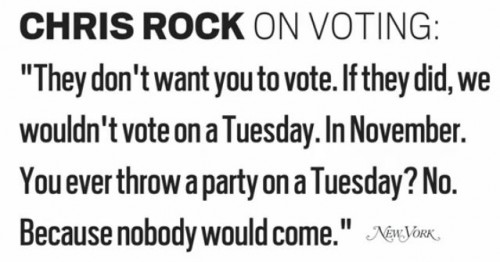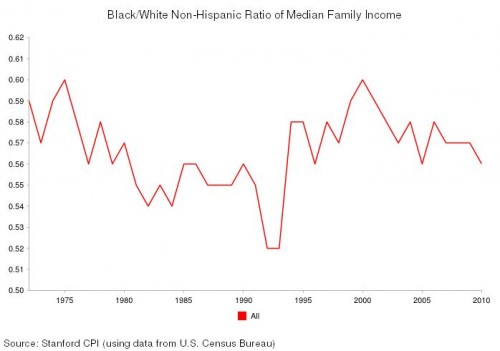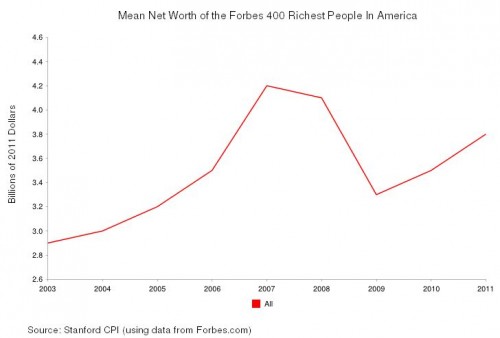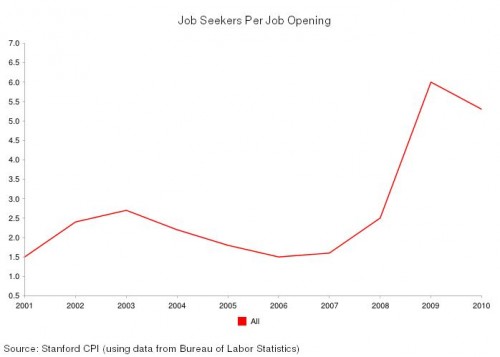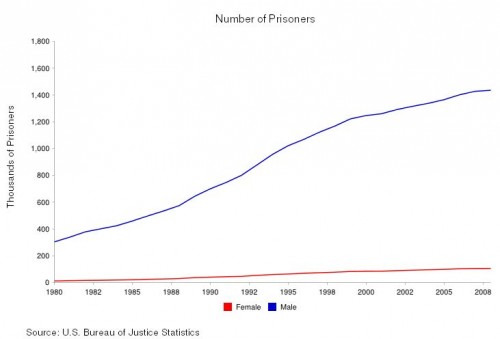Emilia J. sent in a Fiat ad that illustrates the conflation of women with products. In the commercial, a man sees an attractive woman bending over on the street. She yells at him for staring at her, but the encounter quickly becomes sexualized, with ejaculation imagery as a bonus:
https://thesocietypages.org/socimages/2012/10/24/objectifying-women-sexualizing-cars/
As Emilia points out, the woman is “portrayed as a foreign beauty…exotic and coveted.” An Italian car literally becomes a sexualized, sexually aggressive Italian woman, available for “our own advancement in our ethnosexual adventures.”
We see this depiction of women as things to be consumed, or things as sexy women, often. For other examples, see our posts on sexualizing food, women as the product, an “up-skirt” soap dispenser, products shaped like women’s bodies, women as useful accessories, and lots of stuff shaped like boobs.
Gwen Sharp is an associate professor of sociology at Nevada State College. You can follow her on Twitter at @gwensharpnv.














